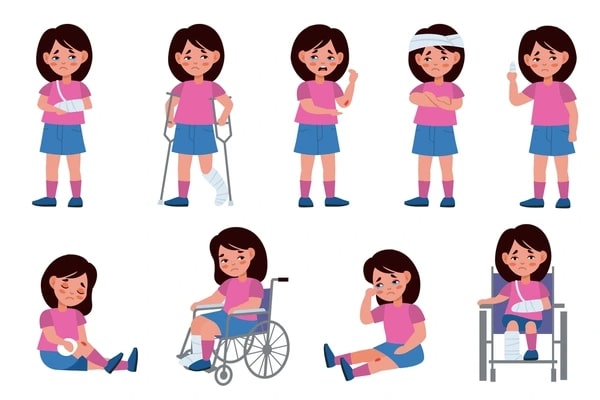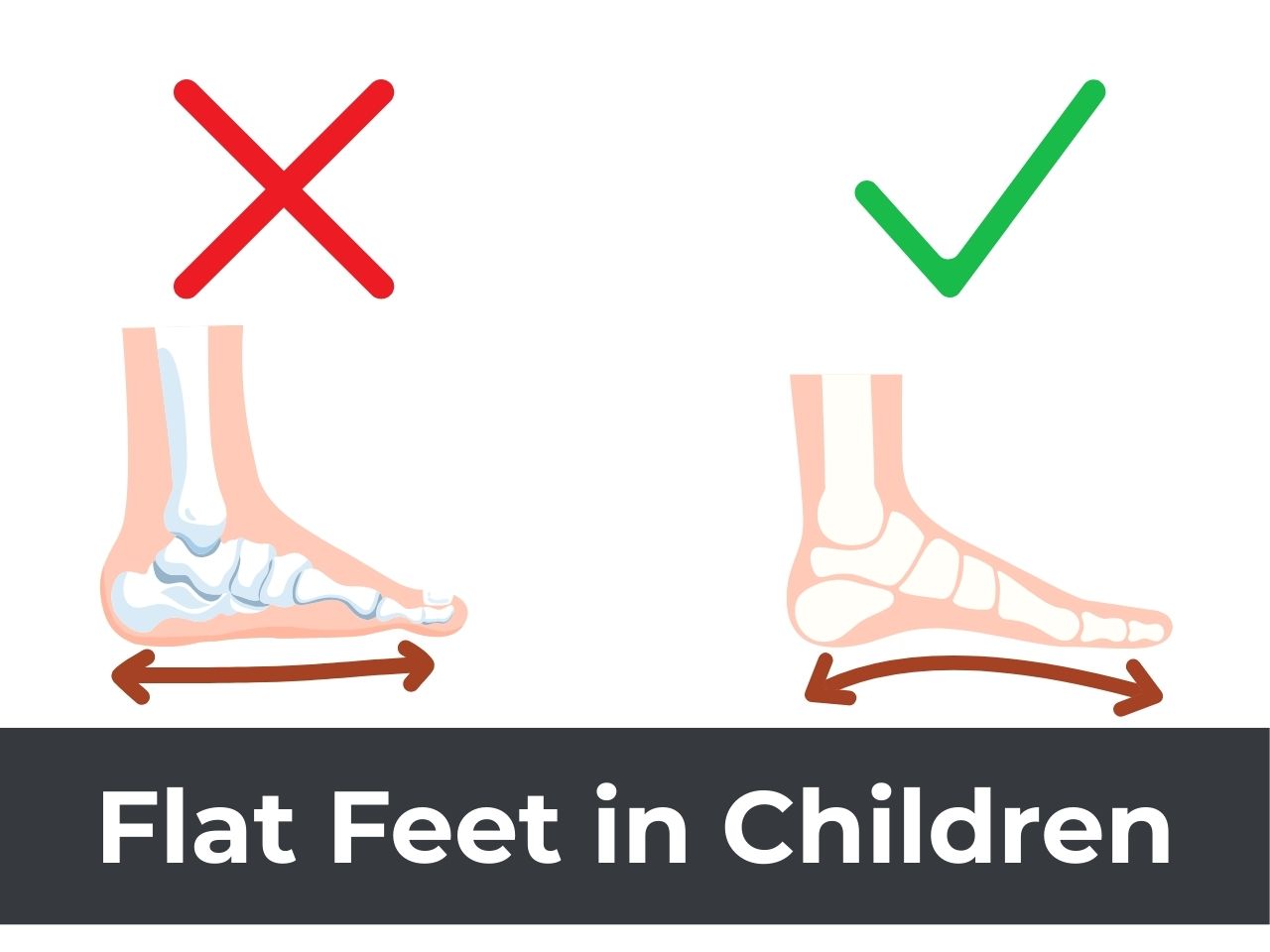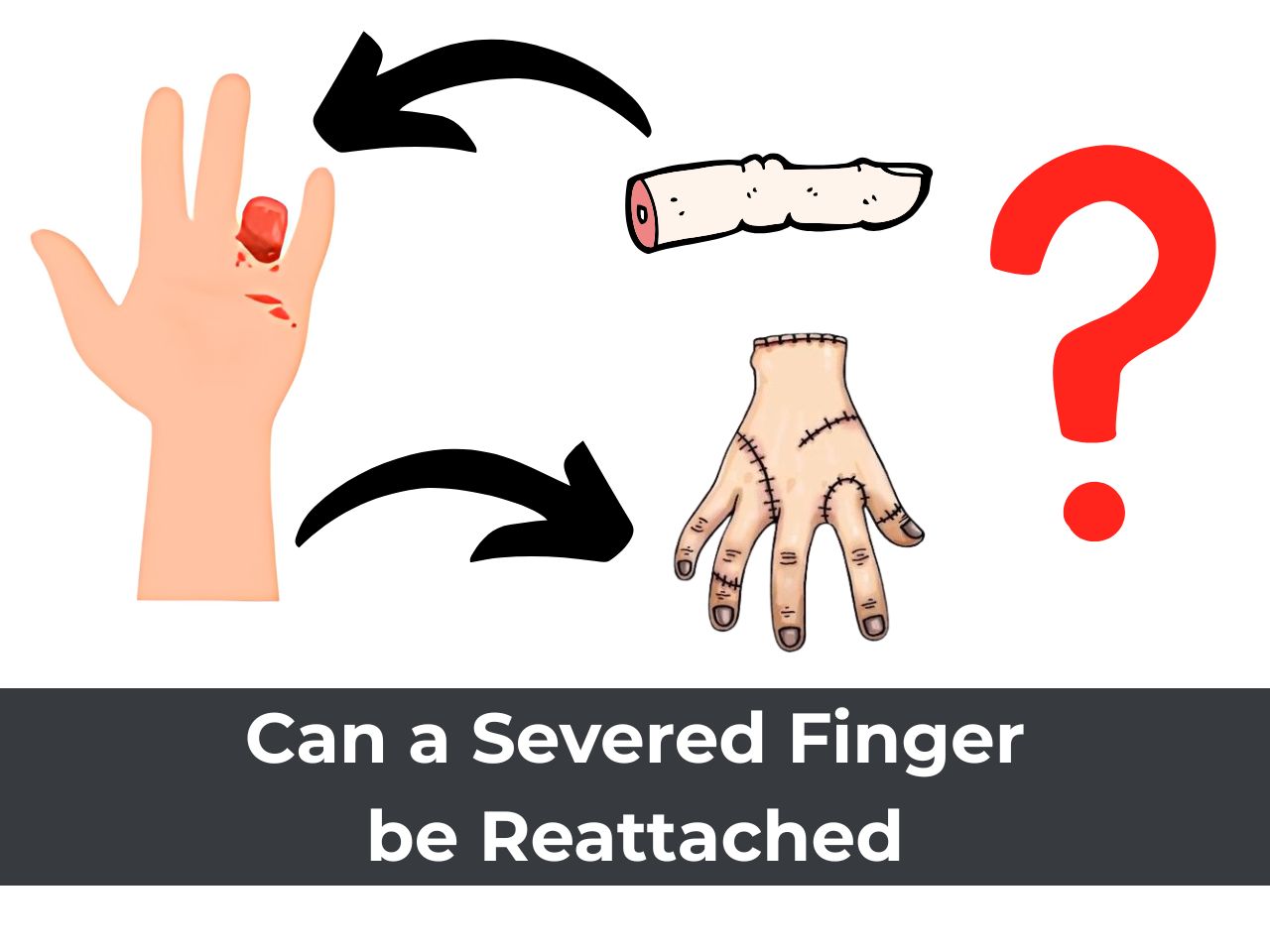Role of Haptic Feedback Technology in Improving Robotic Joint Replacement Outcomes
Advancements in medical technology have revolutionized surgical procedures, particularly in joint replacement surgeries. Among the leading innovations is the integration of haptic feedback technology in robotic surgeries. This groundbreaking technology is significantly improving outcomes in joint replacement, offering enhanced precision, accuracy, and improved recovery for patients.
In this blog, we will explore the role of haptic feedback in robotic surgery, how it works, and how it benefits both surgeons and patients, particularly in robotic joint surgery in Thane at Pinnacle Orthocentre Hospital.

What is Haptic Feedback in Robotic Surgery?
Haptic feedback technology refers to a tactile feedback system used during robotic surgeries that allows surgeons to feel physical sensations while operating. Essentially, it bridges the gap between human touch and robotic precision, enabling surgeons to “feel” what they are doing despite using robotic instruments.
In haptic feedback robotic surgery, this technology is essential in enhancing the surgeon’s ability to control robotic instruments with great accuracy.
Unlike traditional robotic surgeries, where the surgeon relies purely on visuals and machine precision, haptic feedback introduces a sensory element, offering real-time tactile information about the tissues being operated on. This technology has become especially crucial in complex procedures like robotic joint replacements.
How Does Haptic Feedback Work in Robotic Joint Surgery?
Haptic feedback in robotic joint surgery operates through a series of sensors and actuators embedded in robotic instruments. These sensors provide the surgeon with real-time physical sensations, mimicking the natural touch a surgeon would experience during manual surgery.
Here’s a closer look at the components and how they work:
- Sensors and actuators: These components within the robotic arms detect and communicate the force, pressure, or resistance encountered during surgery. For example, when a surgeon encounters bone or soft tissue, they can feel the resistance through the haptic system.
- Real-time feedback: Surgeons are able to receive instant feedback on how their tools are interacting with the patient’s anatomy. This is especially crucial during robotic knee replacement surgeries, where precise bone cutting and implant placement are required.
- Virtual boundaries: Haptic feedback systems are often combined with advanced imaging, such as 3D modeling, to establish virtual boundaries, ensuring the surgeon stays within the desired area and avoids critical structures like nerves or blood vessels.
Role of Haptic Feedback in Robotic Surgery
The integration of haptic feedback in robotic joint surgery has transformed how surgeons approach complex joint replacement procedures. Here are some key roles this technology plays:
Enhanced Precision and Control
One of the primary benefits of haptic feedback robotic surgery is the increased precision it provides. Surgeons can make highly accurate movements, knowing they are receiving tactile information in real-time.
This reduces the risk of error and improves the overall success rate of surgeries.
Improved Patient Outcomes
Better control during surgery translates to improved patient outcomes. Accurate implant placement, for instance, is essential in robotic joint replacements, ensuring that the new joint functions as close to normal as possible.
Haptic feedback technology allows for perfect alignment of the joint, leading to better function and less postoperative pain.
Minimized Soft Tissue Damage
Because surgeons have a better understanding of the forces they are applying, haptic feedback reduces the risk of damaging soft tissues surrounding the joint. In robotic knee replacement surgeries, this is particularly important as it leads to faster recovery and less postoperative discomfort for patients.
Surgeon Confidence
For surgeons, having the ability to “feel” during a robotic procedure boosts their confidence, especially in complex cases. The additional sensory input reassures surgeons that they are moving the instruments in the right direction and applying appropriate pressure, leading to better surgical outcomes.
Benefits of Haptic Feedback Technology in Robotic Joint Replacement
Increased Accuracy in Joint Replacement
With haptic feedback, robotic systems can achieve unprecedented levels of precision. The technology ensures that implants are placed with perfect alignment, improving the long-term success and functionality of the joint. This is especially crucial for patients undergoing robotic joint surgery in Thane at Pinnacle Orthocentre Hospital, where accurate joint replacements are a priority.
Better Post-Surgery Outcomes
The accuracy provided by haptic feedback technology contributes to faster recovery times and better post-surgical outcomes. Patients experience fewer complications, reduced pain, and quicker rehabilitation after procedures like robotic knee surgery.
Reduced Revision Surgeries
Accurate implant placement is critical in joint replacements. Poorly aligned implants often lead to complications that require revision surgeries. However, with haptic feedback, surgeons can ensure that joints are perfectly aligned, significantly reducing the likelihood of revision surgeries in the future.
Customized Treatment Plans
Haptic feedback also allows for more personalized surgical plans. By integrating haptic feedback with 3D imaging, surgeons can tailor the procedure to the unique anatomy of each patient, leading to better outcomes and more individualized care.
Robotic Joint Surgery in Thane: Haptic Feedback at Pinnacle Orthocentre Hospital
Advanced Robotic Systems with Haptic Feedback
At Pinnacle Orthocentre Hospital, patients benefit from the latest advancements in haptic feedback robotic surgery. The hospital is equipped with state-of-the-art robotic systems that utilize haptic technology, ensuring greater precision in every joint replacement surgery.
Experienced Robotic Knee Surgeons in Thane
Pinnacle Orthocentre is home to some of the best robotic knee surgeons in Thane. These experts are highly trained in the use of haptic feedback technology, offering patients the most advanced care available for robotic knee replacements.
Patient-Centric Approach
With a focus on individualized patient care, Pinnacle Orthocentre Hospital ensures that each patient receives a tailored treatment plan. The use of haptic feedback technology allows the hospital to provide better outcomes, faster recovery times, and improved overall patient satisfaction.
Future of Haptic Feedback in Robotic Joint Replacement Surgery
As technology continues to evolve, so does the potential of haptic feedback in robotic surgeries. In the future, we can expect even more refined systems that further enhance precision and control during joint replacements. The integration of AI and machine learning with haptic technology may allow for predictive surgical models, offering even better outcomes for patients undergoing joint replacements.
Conclusion
The role of haptic feedback technology in robotic joint replacement surgery is undeniable. It has enhanced the precision, control, and overall success rates of these complex procedures, leading to better outcomes for patients.
At Pinnacle Orthocentre Hospital, patients undergoing robotic knee surgeries in Thane can expect to benefit from this advanced technology, which is redefining joint replacement surgery for the better.
For those considering joint replacement surgery, haptic feedback technology offers the highest level of care, ensuring accurate implant placement, reduced recovery time, and long-lasting results.






0 Comments